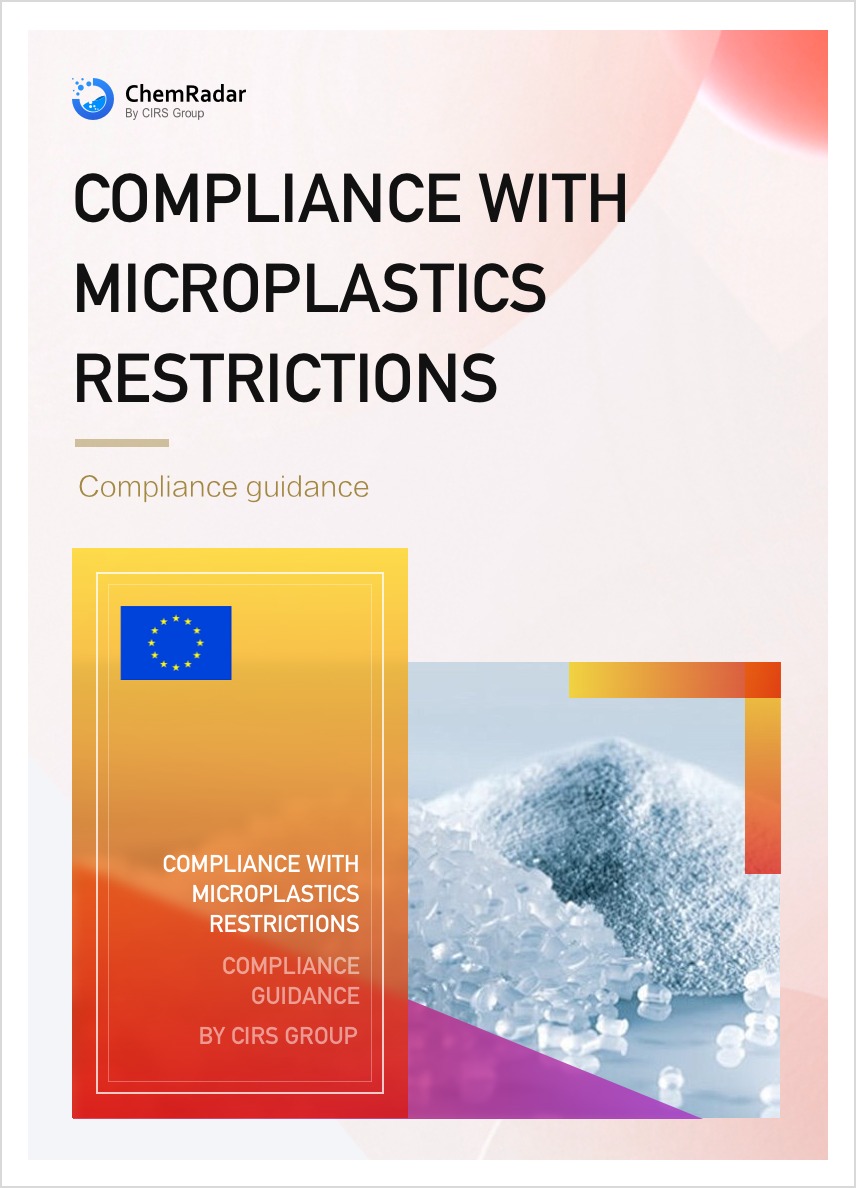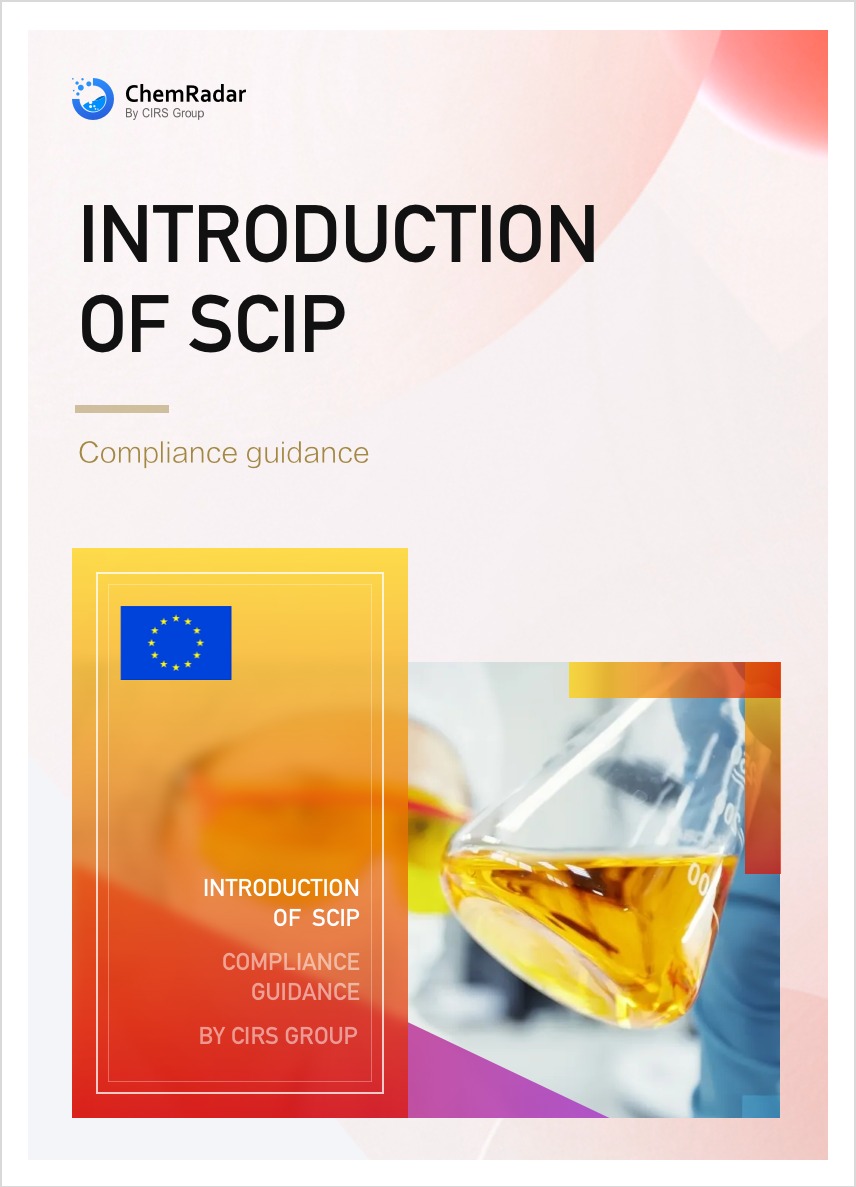Recently, the European Chemicals Agency (ECHA) has issued additional requirements for inquiries regarding Carbon Black (CAS 1333-86-4 | EC 215-609-9), specifically addressing the following key issues:
Key Issues
1. Missing Nanoform Information
Under REACH Regulation Annex VI, manufacturers or importers must provide comprehensive identification information. ECHA emphasizes that Carbon Black – a substance known to be manufactured in nanoform – requires reporting of quantity-based particle size distribution (including proportion of particles within 1-100 nm range), surface functionalization/treatment descriptions, morphological parameters (shape, aspect ratio), and specific surface area.
However, many registration dossiers lack nanoform-related information in Sections 1.2 (Substance Composition) and 1.4 (Analytical Reports). For instance, some registrants attempted to demonstrate non-nanoform status solely through particle size metrics (e.g., D10: 0.3 μm; D50: 2.2 μm; D90: 6.3 μm), but failed to specify testing methodologies or provide essential electron microscopy images with sample preparation protocols – critical evidence for nanoform assessment.
2. Inadequate Analytical Methods & Results
In the compositional analysis of carbon black products, although some companies have provided routine testing data such as elemental analysis, X-ray diffraction (XRD), and thermogravimetric analysis-differential scanning calorimetry (TGA-DSC), these methods still exhibit notable limitations in accurately quantifying material components. Specifically, these analytical approaches cannot precisely determine the primary content of carbon black or effectively identify other constituents and impurity levels. More critically, companies have yet to establish reliable detection methodologies for risk substances in carbon black—particularly volatile organic compounds (VOCs) with concentration thresholds, such as polycyclic aromatic hydrocarbons (PAHs). Current viable solutions require specialized instruments like gas chromatography-mass spectrometry (GC-MS), gas chromatography-flame ionization detector (GC-FID), or high-performance liquid chromatography (HPLC) for component identification and quantitative analysis. The absence of methodologies in this critical step will directly compromise the accurate evaluation of product composition and safety.
Recommended Actions
Manufacturers of nanoform substances should urgently:
- Supplement nanoform data: Provide complete particle size distribution, surface treatment details, morphological characteristics, and electron microscopy images with methodological descriptions.
- Enhance analytical protocols: Implement validated techniques (e.g., GC-MS/HPLC for PAHs) with full methodological documentation to ensure reproducibility.
- Conduct targeted testing: Quantify and report hazardous components like PAHs.
These measures will improve dossier quality, mitigate EU market access risks, and ensure compliance for sustainable trade.
ChemRadar Reminder
Carbon black is one of the substances existing in nanoforms. The recent elevation of ECHA's inquiry requirements demonstrates regulatory authorities' increasingly stringent management of nanomaterials. Beyond carbon black, many substances exist in nanoforms. For such substances during inquiry or registration processes, it is recommended to provide comprehensive morphological information and scientifically validated analytical identification methods.





